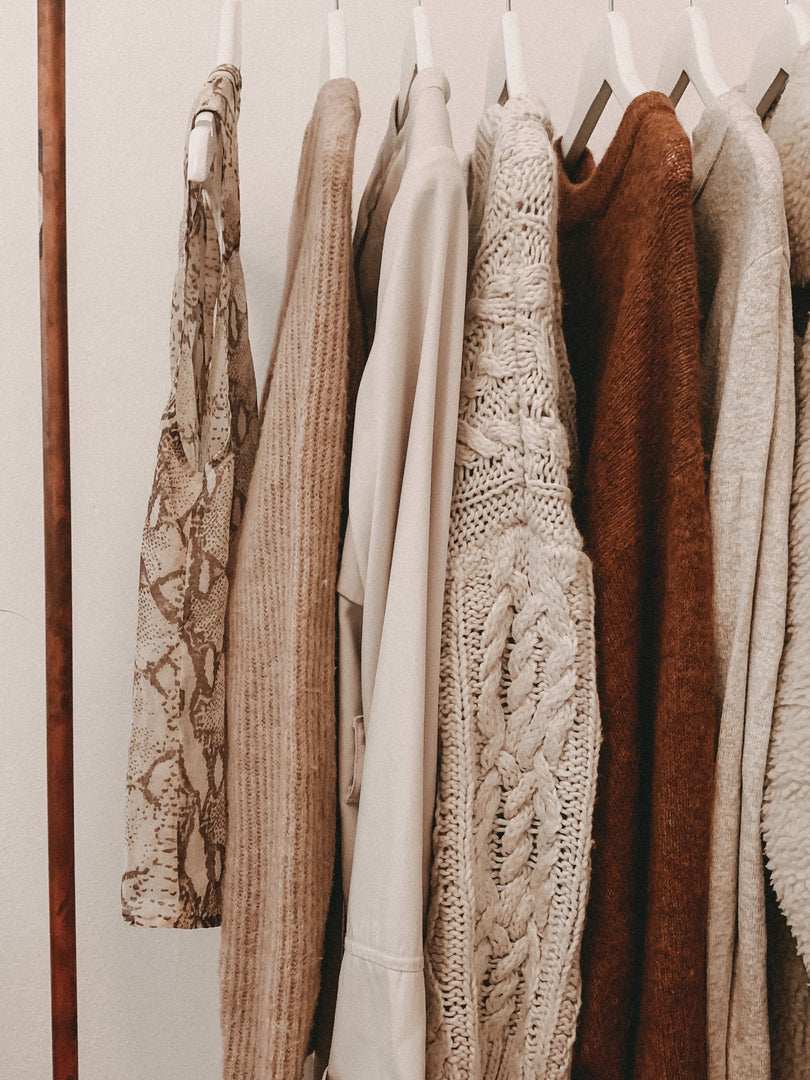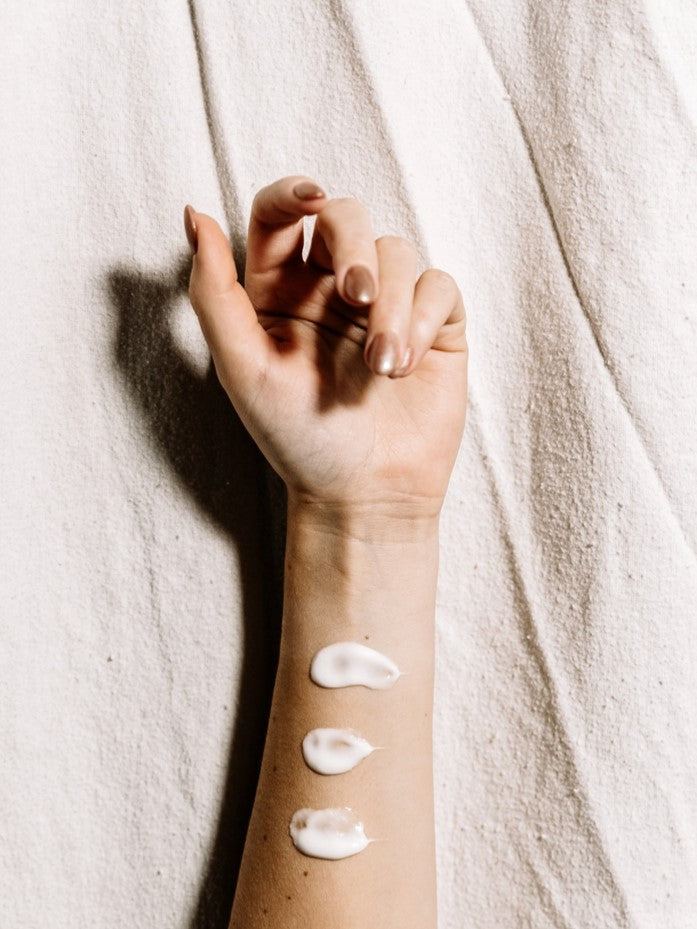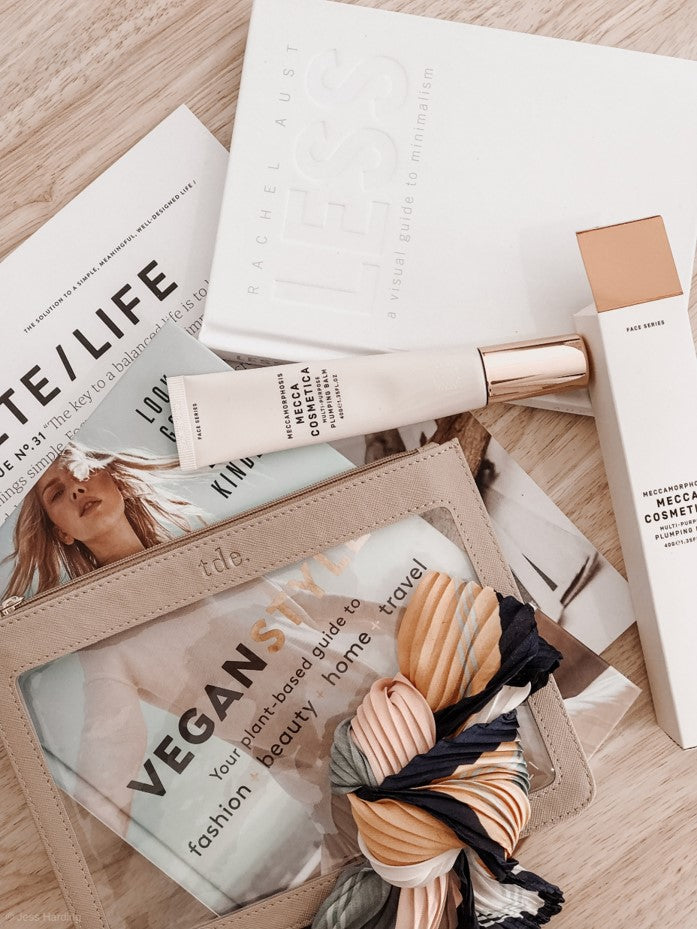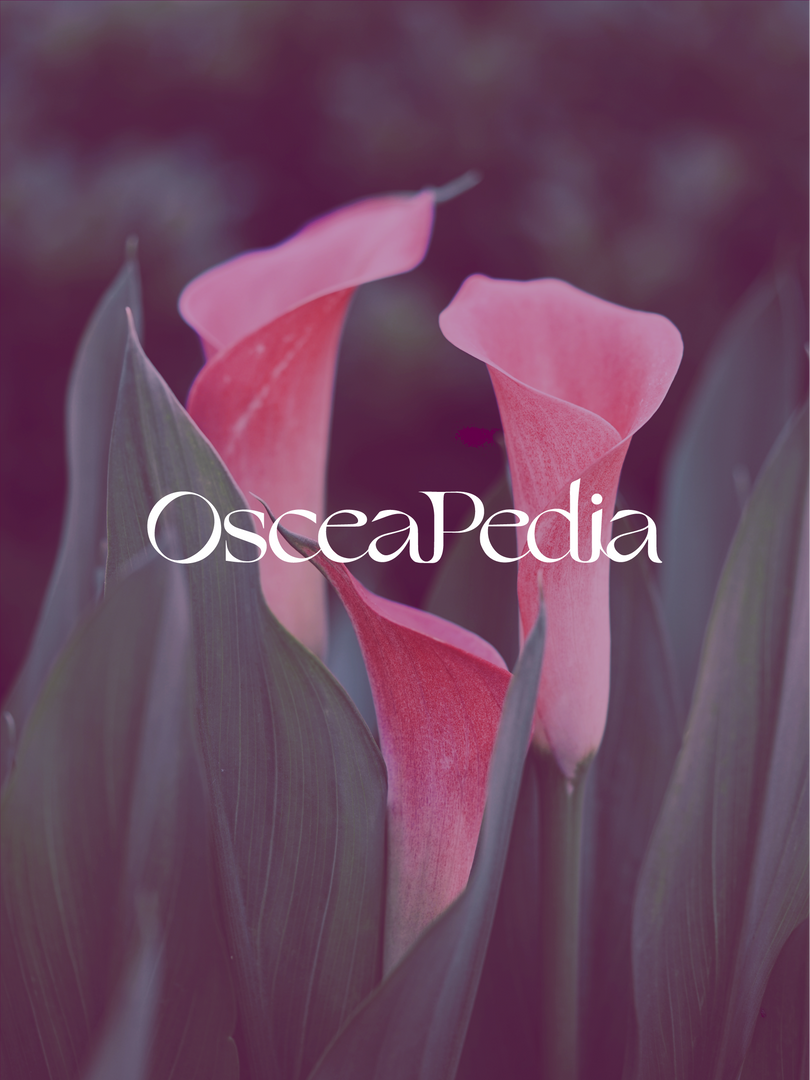What sustainability certifications should I look for when restocking my beauty products?
There is a wide variety of certifications given to brands and products who meet rigorous standards for health and environmental sustainability. Since the US government lacks meaningful chemical regulation in beauty products, looking to these certifications is one of the few ways consumers can hold brands accountable and gain transparency into their consumer choices.
Now more than ever, people are learning to read labels and are actively seeking out ‘clean’ certifications in the beauty industry as well, however when reading a label becomes too time consuming or daunting, simply looking for a certification marking on the packaging becomes drastically faster and simpler. These certifications verify that products are free from harmful chemicals, toxins and carcinogens. Some certifications also take into account the environmental impact and human rights. These certifications are important to consider as the beauty industry grows exponentially every year, and not all brands are healthy for your body and the environment.
Here are the top 10 beauty certifications to look for in your everyday beauty products.

Leaping Bunny Cruelty Free is a rigorous standard ensuring products at every single stage were not tested on animals. A common loophole in regards to claiming to be cruelty free is companies whose final product was not tested on animals, but this does not mean animals were not tested on at any other stage. Raw materials, or even products in the late production stages could be tested on animals and claimed as cruelty-free simply because the final product itself was not tested on animals. Leaping Bunny acknowledges this loophole and takes it into account when certifying products.

PETA’s Beauty without Bunnies is the other certification that companies can apply for. The problem with this certification is they do not do any investigation proving the company is actually not testing on animals, it relies on trust and hope that the company will be honest in hopes to avoid public scandal if ever found that they do test on animals. Neither certifications require the entire parent company to be cruelty free, so despite the company being given the cruelty free certification for a specific product, other products from the same brand may be tested on animals.

Safer Choice: This primary certification means that a product only contains ingredients on the EPA’s Safer Chemical List and none on their National Fragrances Association Transparency list (this list contains chemicals intended to mask as a scent), if met can then earn the secondary certification of Fragrance-Free. Regardless of the composition, every chemical in the product is screened for reproductive toxicity, harm to aquatic life, carcinogenicity, and environmental impact. They also screen for safe pH levels to avoid skin and eye irritation, VOC levels to prevent buildup in the home, and packaging quality and ability to be recycled.
Fragrance-Free: In order to earn this secondary beauty certification, the product must meet the initial standards of the Safer Choice certification. This certification on a product guarantees that the product is free from chemicals that mask as a scent and meet environmental and human health guidelines. This is important, as fragrance is our top chemical we aim to avoid.

ECOCERT COSMOS Organic Beauty Certification: This is an important cosmetic certification as it takes into account all stages of cosmetic production. It ensures the production processes respect the environment and human health. It requires respect for biodiversity and responsible use of natural resources. It screens products to ensure absence from parabens, perfumes, phenoxyethanol, synthetic colorants, and lack of genetic modification. It also requires recyclable packaging. This is overall a great certification to look for as it is all encompassing.

EWG Verified: This is a thorough certification encompassing all aspects of safety in regards to cosmetics. It requires complete transparency for ingredient labels of “fragrance” and “flavors”, which is the main way companies can hide chemicals from the consumer. They require good manufacturing practices which includes assessing sustainability in production, documenting and keeping records in factories, and adequate cleanliness of production methods. The product must pass microbial testing and agree to repeat these tests at any given time. It must not include any ingredients on their “Unacceptable list” which follows guidelines very similar to the EU where there are strict chemical bans due to safety and environmental hazards. They also must earn only a 1 or 2 on their chemical score screening, which are the two lowest possible hazardous scores. The EWG rates products as a whole on their website, so before purchasing a cosmetic product you can search their website to see the score it received, 1 being the least hazardous and 10 being the most.

Credo Clean: The Credo Clean Standard is a clean beauty certification enforcing transparent products. This is one of the strongest certifications a beauty product can have as it prohibits over 2700 chemicals due to safety and sustainability concerns. This extensive list includes a ban of chemicals that are carcinogenic, hormone/endocrine disrupting, allergens, environmental concerns, and overall toxicity. They also require companies using fragrance to categorize it among various categories including essential oils, free of fragrance, synthetic fragrance and more so we can be sure if a product most likely contains artificial chemicals masking as fragrance. It also encourages its brands to transparently list out all fragrance ingredients, which 68% of their certified brands have done! They also require brands to conduct human safety tests voluntarily, which surprisingly is not yet required by the government. They take into account sustainability, ethics, safety and sourcing before certifying a brand so you can be sure you are selecting a conscious brand.

Fair trade: Being certified as fair trade means the product comes from a company who meets rigorous standards for safe working conditions, environmental impact, and creates sustainable livelihoods for consumers and workers. It ensures farmers and workers are paid fair and living wages for provided work and that the conditions they work under are safe. In order to label a product as “Fair Trade” certified the entirety of the product must qualify, but “Fair Trade ingredient” can be used if the product contains more than 20% of fair trade ingredients. Products with less than 20% cannot use this label.

Certified B Corp: A company who is a Certified B Corporation is a company who makes a legal commitment to change structural accountability to all stakeholders, demonstrates high social and environmental performance, and who are transparent about how their company does against B corp’s lab standards publicly. They also look at employee benefits, charitable donations, supply chain structure, and input materials. Companies also must update their qualifications and recertify every three years to ensure the company is keeping up to date with B Corp requirements. Being certified B Corp is a great start when looking to live a more sustainable life as popular brands are starting to register for this certification.

Fair for Life: This product certification from Ecocert ensures responsible social accountability and supply chain practices from corporate businesses. It requires fair living wages and safe working conditions for employees, respecting the environment and biodiversity, and enabling informed transparent purchases for consumers.
There is an additional certification called For Life, which certifies a company as a whole as opposed to just individual products based on these requirements and corporate responsibility.

USDA Organic: The USDA organic certification ensures the product is made with relatively minimal synthetic pesticides/fertilizers, and animals are raised according to guidelines. There is no specific set of guidelines for cosmetics from the FDA in regards to cosmetics specifically, but if it can meet its standard organic requirements set in place for food and agricultural products, it can be certified as USDA organic, although this has not been a common certification for cosmetics.
Sources:
- https://ethicalelephant.com/cruelty-free-logos/
- https://www.ewg.org/ewgverified/about-the-mark.php
- https://credobeauty.com/pages/the-credo-clean-standard-1
- https://www.greenerchoices.org/fair-trade-certified/
- https://www.ams.usda.gov/grades-standards/cosmetics-body-care-and-personal-care-products
- https://www.epa.gov/saferchoice/learn-about-safer-choice-label
- https://www.bcorporation.net/en-us/certification
-
https://www.betterworldproducts.org/fair-for-life-standard/












